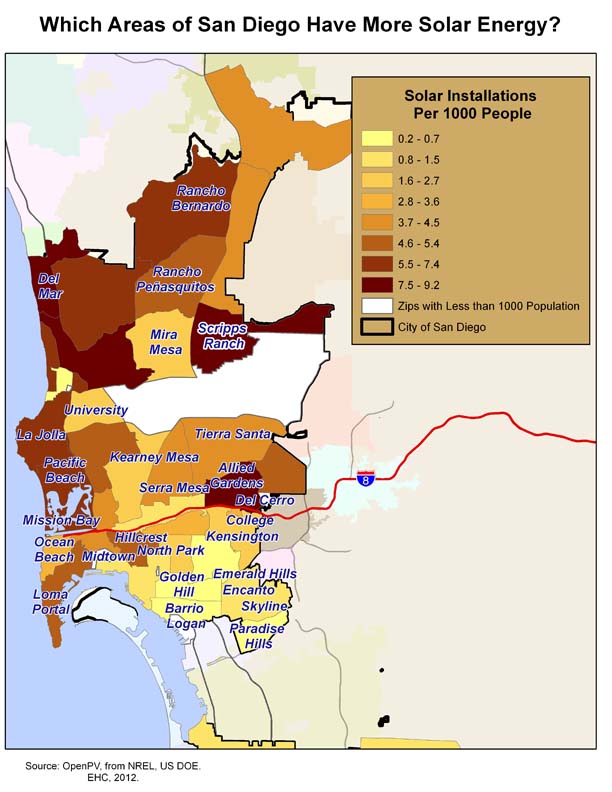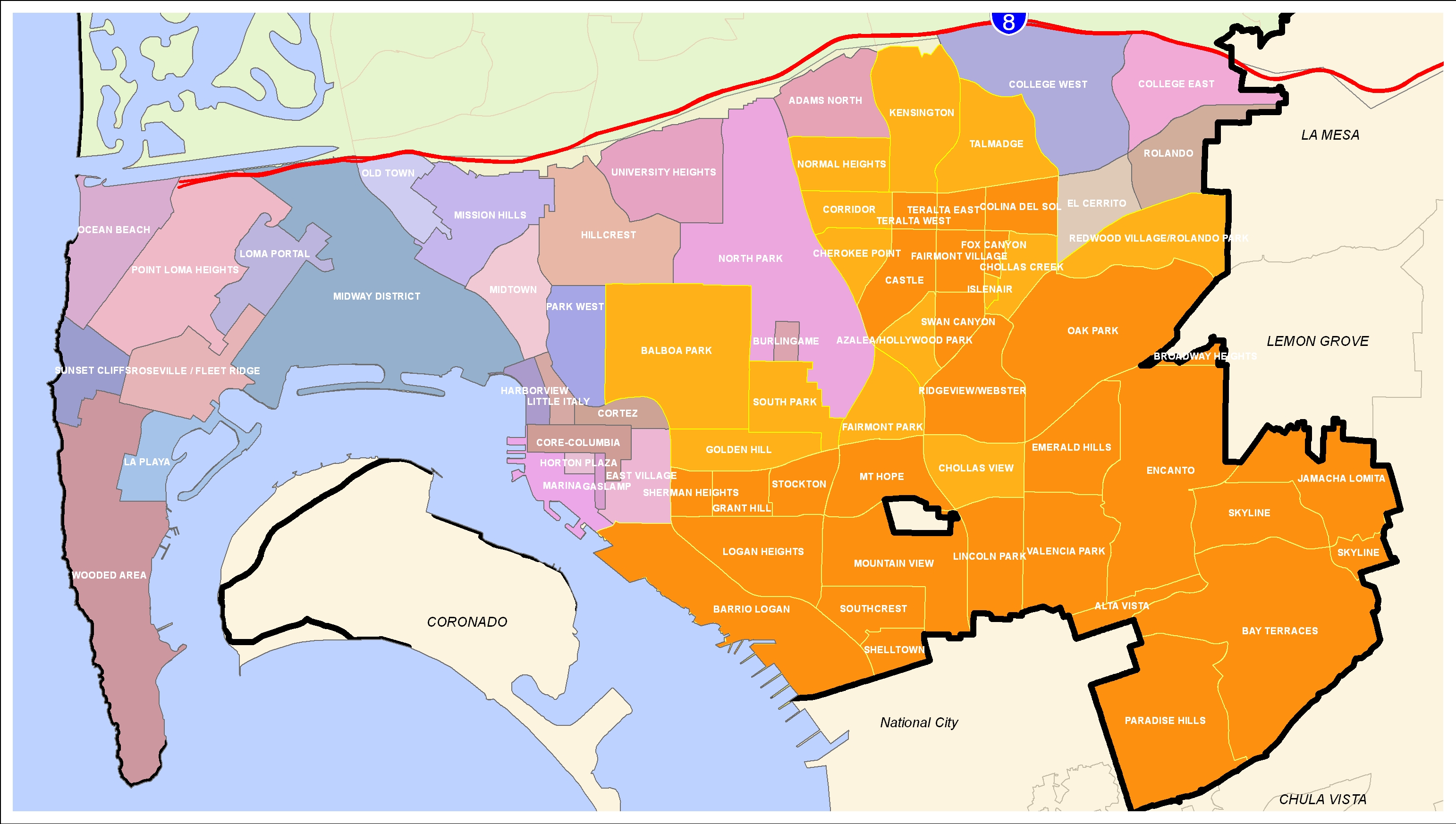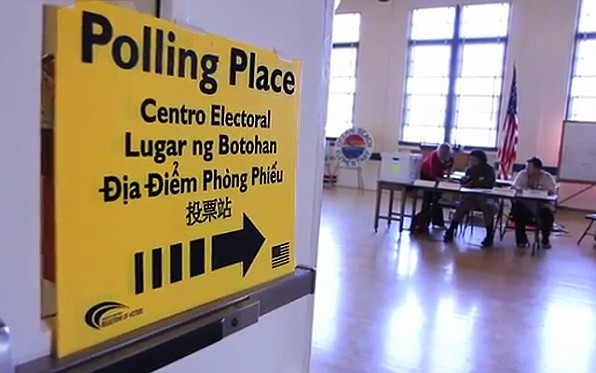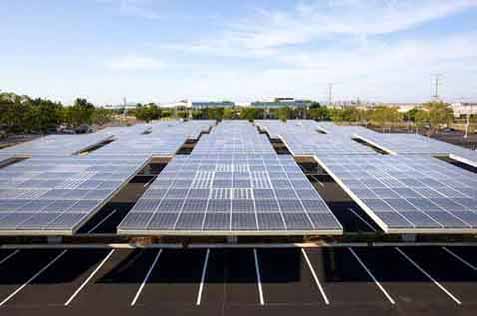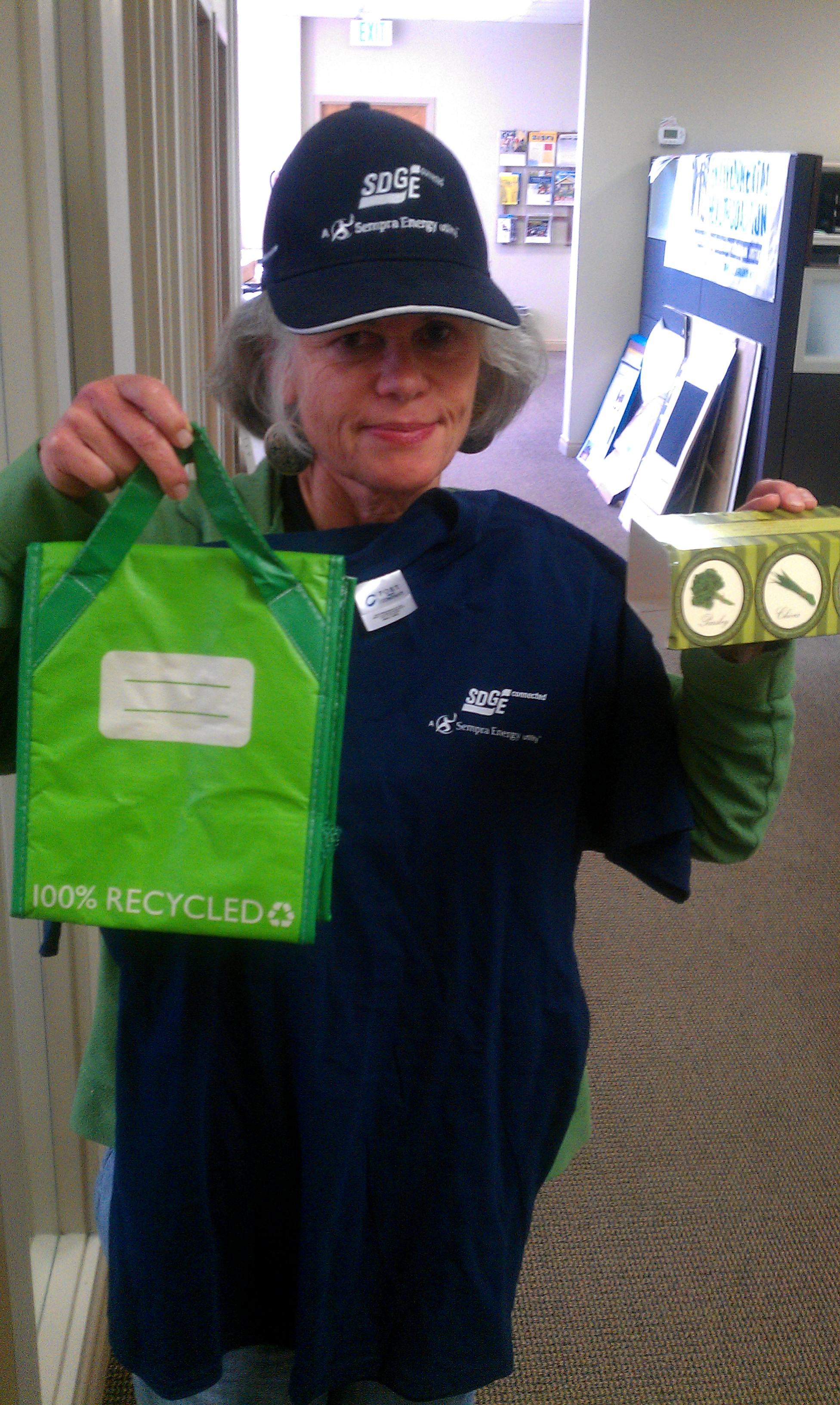 One recent workday when I had to drive to work instead of taking the bus, I found myself, not surprisingly, stuck in traffic. However, I had some great news to think over as I inched along - EHC's statewide game-changing victory at the PUC. This victory will create more energy efficiency education in more homes and help produce more green jobs for San Diego and California
One recent workday when I had to drive to work instead of taking the bus, I found myself, not surprisingly, stuck in traffic. However, I had some great news to think over as I inched along - EHC's statewide game-changing victory at the PUC. This victory will create more energy efficiency education in more homes and help produce more green jobs for San Diego and California
Just before I turned off the engine of my Prius, I looked at the thermometer – winter is coming and the evenings are getting cooler. But I knew that once I got in the house it would be nice and warm. Nice and warm not from heating the house all day, but from all the energy upgrades we have done over the past two years. We put in new windows, and the white glove guys at ASI tested our house and figured how to make our house energy efficient. We got a new furnace and new heating ducts, and we got new insulation to keep our indoor temperature moderate.
We also got a nice check from SDG&E to help cover our costs. (Thanks to the ratepayers for that! You and I are funding SDG&E's rebate program – the funds don’t come out of their profits or the goodness of their hearts. They are required to spend money to help people reduce energy use).
I walked to the front door thinking about our $37 SDGE bill that I had just opened—all smiles. And there, right in front of the door, was a box. I saw that SDG&E sent it. My first thought was to write "return to sender" on it and send it back, but curiosity got the better of me.
Inside were “eco friendly” gifts and a note thanking us for our energy upgrades. We got a ball cap and a t-shirt with the SDG&E logo and the statement that we are energy efficient. I like to wear hats and T-shirts, but I don’t like to wear black hats or black shirts.
Rule number one in being energy efficient: black clothes absorb heat and make you hotter; light colored clothes reflect heat and make you cooler.
I looked at the tags and found out that the shirt was made in the Dominican Republic.
Rule number two: to reduce fuel consumption, don’t buy clothes shipped long distances to reach you.
But there was more: plastic herb garden containers, a plastic lunch bag, and a plastic water bottle.
Rule number three in being energy efficient, don’t buy things you don’t need as it takes energy to make the product, energy to bring the product to you, and energy to bring the product to the landfill.
Memo to SDG&E:
We don’t want more “stuff.” Stuff creates greenhouse gases. Moving it around creates more. We also don’t want three more fossil fueled power plants in our region. What we DO WANT from SDG&E is for them to move quickly toward a sane energy future, with policies and resources that put local, renewable energy sources ahead of fossil fuels. EHC's victory at the PUC in early November established groundwork for those improvements. No, we didn't suggest that t-shirts be a different color, or that they give out lunch-boxes instead of lunch-bags. We said that low-income families benefit more from one-on-one education vs. radio commercials to help save energy. We said that more middle-income families like mine need access to energy upgrade rebates. We said to expand green job training and get people back to work.
Beyond our recent victory, I'd like SDG&E to get out of the way of progress and let localities form their own nonprofit electric cooperatives that offer choices to residents about what kinds of energy solutions they want.
That would be the perfect gift to thank me for energy conservation.


